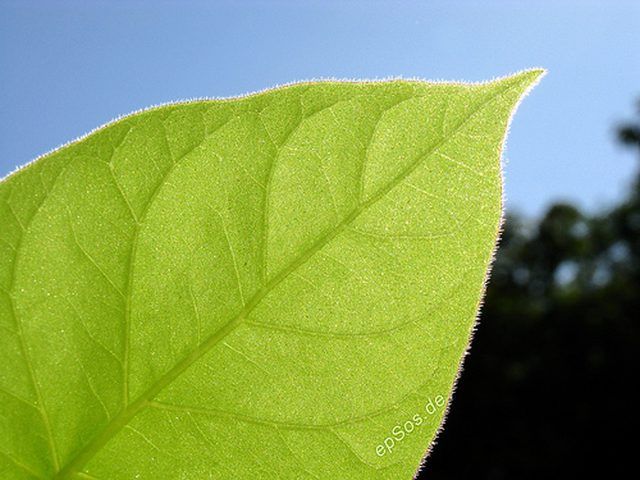Bulbs
Flower Basics
Flower Beds & Specialty Gardens
Flower Garden
Garden Furniture
Garden Gnomes
Garden Seeds
Garden Sheds
Garden Statues
Garden Tools & Supplies
Gardening Basics
Green & Organic
Groundcovers & Vines
Growing Annuals
Growing Basil
Growing Beans
Growing Berries
Growing Blueberries
Growing Cactus
Growing Corn
Growing Cotton
Growing Edibles
Growing Flowers
Growing Garlic
Growing Grapes
Growing Grass
Growing Herbs
Growing Jasmine
Growing Mint
Growing Mushrooms
Orchids
Growing Peanuts
Growing Perennials
Growing Plants
Growing Rosemary
Growing Roses
Growing Strawberries
Growing Sunflowers
Growing Thyme
Growing Tomatoes
Growing Tulips
Growing Vegetables
Herb Basics
Herb Garden
Indoor Growing
Landscaping Basics
Landscaping Patios
Landscaping Plants
Landscaping Shrubs
Landscaping Trees
Landscaping Walks & Pathways
Lawn Basics
Lawn Maintenance
Lawn Mowers
Lawn Ornaments
Lawn Planting
Lawn Tools
Outdoor Growing
Overall Landscape Planning
Pests, Weeds & Problems
Plant Basics
Rock Garden
Rose Garden
Shrubs
Soil
Specialty Gardens
Trees
Vegetable Garden
Yard Maintenance
The Effect of Light Intensity on Photosynthesis
The Effect of Light Intensity on Photosynthesis. Photosynthesis is much more important to humans than we would imagine. It affects everything in the biological chain, either directly or indirectly. How the process is affected with slight changes is also integral in our understanding of how we can better harness the process for desired environmental...

Photosynthesis is much more important to humans than we would imagine. It affects everything in the biological chain, either directly or indirectly. How the process is affected with slight changes is also integral in our understanding of how we can better harness the process for desired environmental results.
Photosynthesis Basics
The process of photosynthesis converts energy from sunlight into chemical forms that can be used by plants, bacteria and protisians. This chemical form is normally sugar, which cellular respiration (transfer of energy from various molecules) produces ATP (adenosine triphosphate), a form of energy that is used by living things.
Cyanobacteria
Cyanobacteria, also known as blue-green algae, are responsible for a large portion of the photosynthesis that takes place in the ocean. They have different pigments, called phycobilins, which are red or blue and absorb light that other plants do not.
Light Wavelength
Light wavelength (the distance between light waves) factors into how plant pigments absorb and process light energy. Wavelengths less than 400 nm (nanometers) and above 700 nm are generally not usable by plants and cyanobacteria. Most pigments don't absorb ultraviolet light well, and if the wavelength is too low they can become damaging to plant cells.
Contrary to what many may think, yellow light is not effectively absorbed by chlorophylls and carotenoids, the pigments in plants and the reason why plants are green. Blue, red, and blue-green light are absorbed while the others are reflected and pass through.
Light Intensity
The light intensity range for most plants falls between 1,200 and 2,000 lumens (measurement of light intensity). The number of light photons hitting the chlorophyll pigments increase as the light intensity rises. This in turn increases the rate of photosynthesis.
The whole process is so effective that in optimum conditions 90 percent of light is absorbed.
The Benefits Of Photosynthesis
The number one benefit derived from photosynthesis is the oxygen humans need to breathe. It does this by a process using water and carbon dioxide, with some plants being more efficient than others.
For example, one hectare (2.471 acres) of corn produces enough oxygen per day in midsummer to meet the respiratory needs of 325 people. One million hectares could produce enough oxygen for a population of 10 million in about eleven summer days, which could last them the whole year.
Another benefit is the removal of CO2 from the atmosphere. Much of this is oxidized by living organisms for survival.